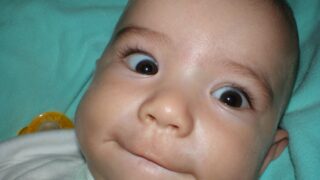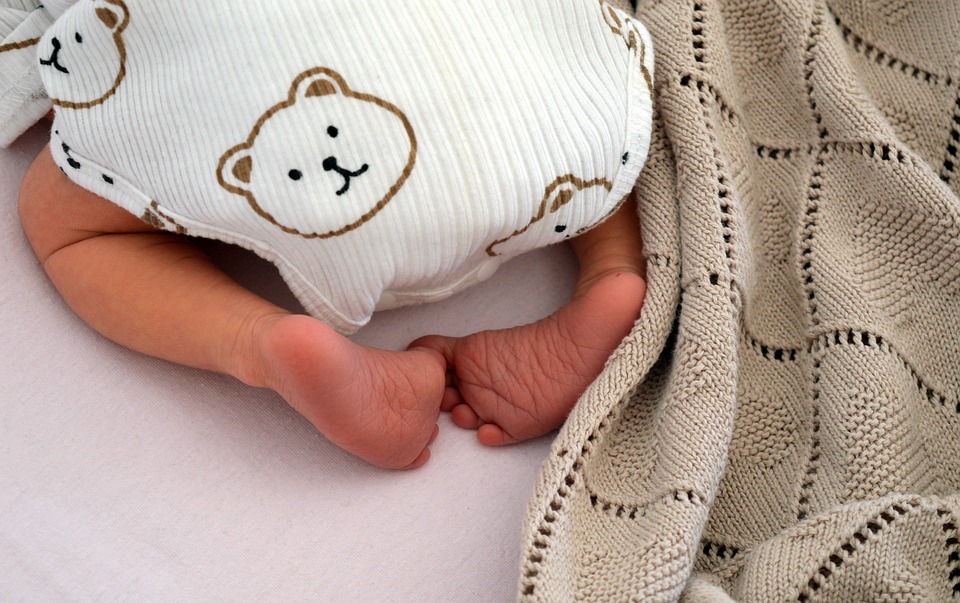Are you concerned about your baby’s head shape? Do you want to learn more about helmet therapy and how it can help correct your baby’s head shape? Look no further! We’ve put together the ultimate guide to helmet therapy for babies, so you can make an informed decision about your child’s care.
What is Helmet Therapy?
Helmet therapy, also known as cranial orthosis, is a non-invasive treatment for babies with positional plagiocephaly or flat head syndrome. It involves the use of a custom-fitted helmet that gently applies pressure to the baby’s skull, allowing for more symmetrical growth and reshaping of the head.
Is Helmet Therapy Right for Your Baby?
If you’ve noticed that your baby’s head is misshapen or asymmetrical, it’s important to consult with a pediatrician or a specialist to determine if helmet therapy is the right course of action. They will assess the severity of the condition and recommend the appropriate treatment, which may include helmet therapy or other interventions.
The Process of Helmet Therapy
Once you’ve decided to pursue helmet therapy for your baby, the process typically involves the following steps:
- Initial consultation and assessment
- Custom helmet fitting
- Regular check-ups and adjustments
- Gradual improvement and eventual discontinuation of helmet wear
What to Expect During Treatment
Helmet therapy is a gradual process, and it’s important to manage your expectations. Your baby may need some time to adjust to wearing the helmet, and you may notice some initial redness or irritation on the skin. However, with proper care and regular follow-ups, most babies tolerate helmet therapy well and see significant improvements in their head shape over time.
FAQs About Helmet Therapy
Q: How long does helmet therapy typically last?
A: The duration of helmet therapy varies depending on the severity of the condition and the baby’s response to treatment. On average, treatment can last anywhere from a few months to a year.
Q: Will my baby be uncomfortable wearing the helmet?
A: While it may take some time for your baby to get used to wearing the helmet, most babies adapt well and are able to go about their daily activities without any major discomfort.
Q: Are there any risks associated with helmet therapy?
A: When performed by a qualified specialist, helmet therapy is considered a safe and effective treatment. However, it’s important to follow the specialist’s instructions for helmet wear and care to minimize any potential risks.
In Conclusion
Helmet therapy can be an effective solution for babies with positional plagiocephaly or flat head syndrome. By working closely with your healthcare provider and following their recommendations, you can help ensure a positive outcome for your baby. Remember, every baby is unique, and the decision to pursue helmet therapy should be based on careful consideration and professional guidance.
[ad_2]


















コメント